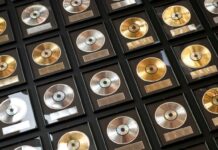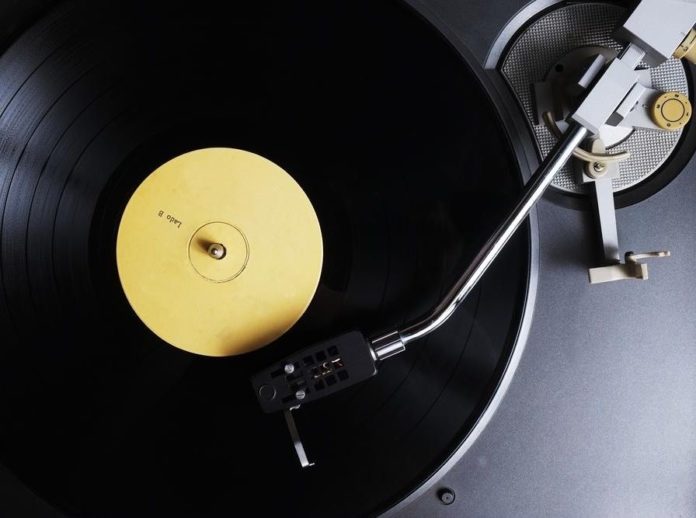
Whether you just want to listen to some music, record your own songs, start your own podcast or take on the sound editing industry then you will probably want to know a thing or two about analog and digital audio.
Analog sound became thing almost 150 years ago when Thomas Edison made the first phonograph that was able to playback sound record on wax plates that were coated in aluminum foil.
Many decades later, that example of a phonograph is what finally became a turntable and turned consumer-friendly. Between the 30s and the 60s, every average household had at least one turntable at home. Having the option to enjoy music at home was something amazing at the time. A few decades later and vinyl wasn’t as popular since cassettes and 8-tracks became a lot more popular, cheaper and accessible. Cassette players were being installed in vehicles and you could listen to your favorite band from the comfort of your vehicle when going to and back from work.
Fast forward to the 1980s and 1990s when we saw the birth of the compact disk known as a CD. Sure, floppy disks were a thing, but the storage size on floppies was so small that you could only store midi and 8-bit sounds which is quite a step back from music. CDs quickly became the most widespread media type for music and for every other type of file. It could hold up to 700mb, it was cheap, you could buy them in bulk and all you require is a CD reader which was also cheap at the time.
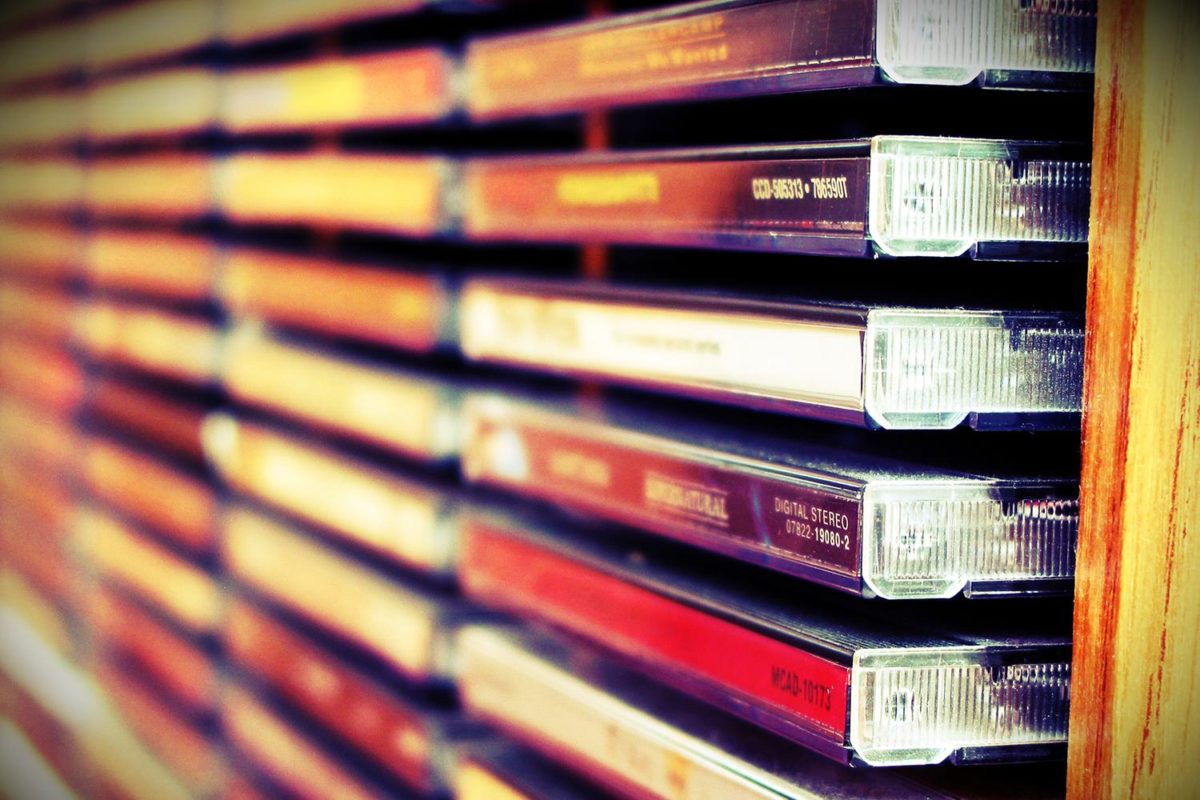
Fast forward again a few decades and we reach the 2000s and the 2010s where again we had a huge technological leap in storage media. In the 2000s we saw a consumer release of USB sticks that could hold well over a few gigabytes of memory. It was insane at the time that such a small item could hold so much information. At the same time phones also had an increase in storage space and the release of the iPod is what finally made digital audio so popular.
The idea of analog audio started dying out and people wanted this ease of access that digital media gave us. Today, we even have platforms such as Spotify, YouTube Music, and iTunes that allow us to listen to almost any song from all over the world.
However, while digital media is easily accessible, vinyl has been making a comeback these last ten years because a lot of people believe there are a lot of advantages when listening to analog over digital. Here are some of the main differences between these two forms of sound.
Sound quality

Many people like to argue that an analog sound is much clearer and offers a wider variety of frequencies than analog devices could deliver. There hasn’t been any official proof that using a turntable can offer a wider variety of sound frequency, but the music that comes out of it is definitely unique and cannot be compared with digital.
The slight crackle of the grooves from the phonograph record is something that you cannot hear anywhere else. It adds to the experience. If you are looking for a turntable that will deliver you the original experience of vinyl, check out newswatchngr.
Using vinyl is part of the experience
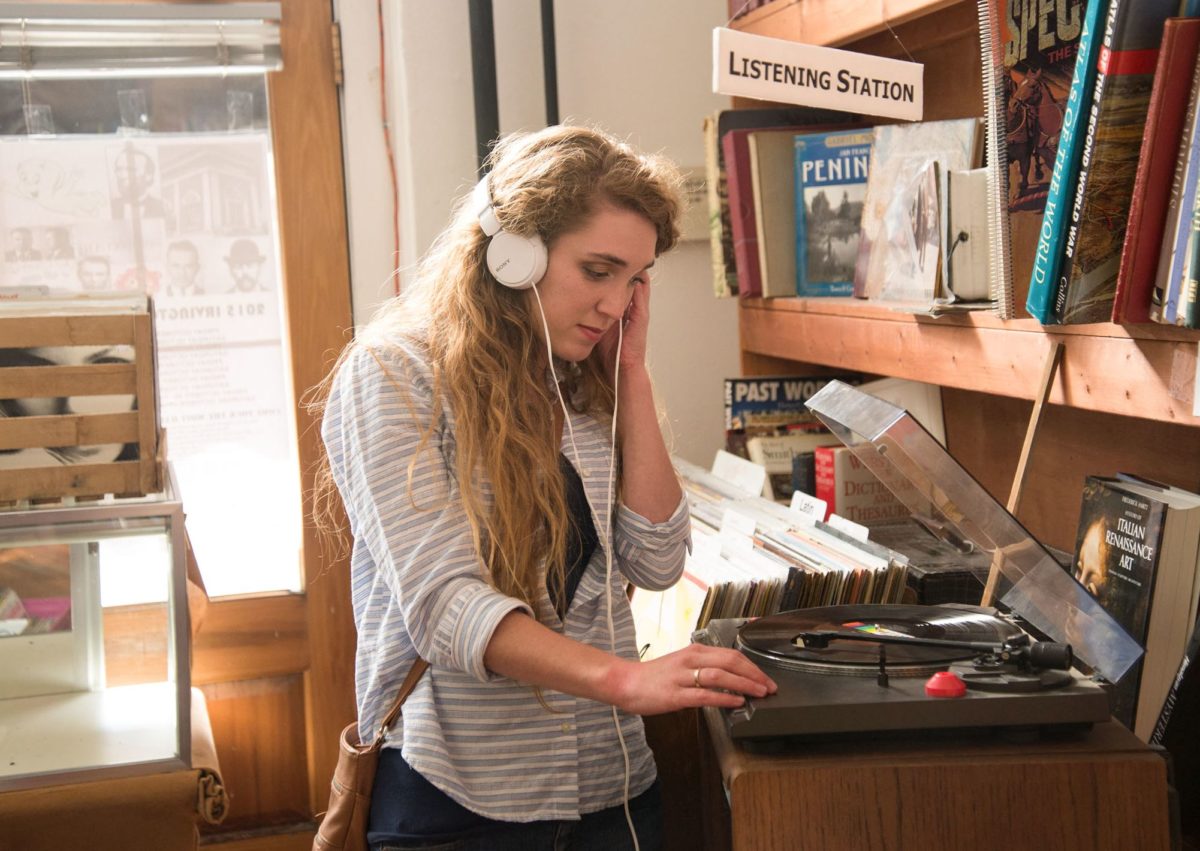
When playing music on your laptop, your phone or when you pop in a CD, all you have to do is press play and then you can walk away and do anything you want. The music quickly becomes just a pleasant background noise. While that is completely fine, but we believe that using vinyl can bring out a much different experience.
When using a turntable you will have to part of the process. You will need to put the phonograph record, adjust the needle (if it is not automatic), press play, readjust the needle if needed and flip the record when one side is done. In other words, you can’t just press play and then walk away. You need to stay next to the turntable and listen. This gives you a much deeper experience and you will give a lot more attention to the sounds of the song.
Spending time focusing on the record, the artists and their songs will give you a bit more insight into their lyrics and history.
Physically present
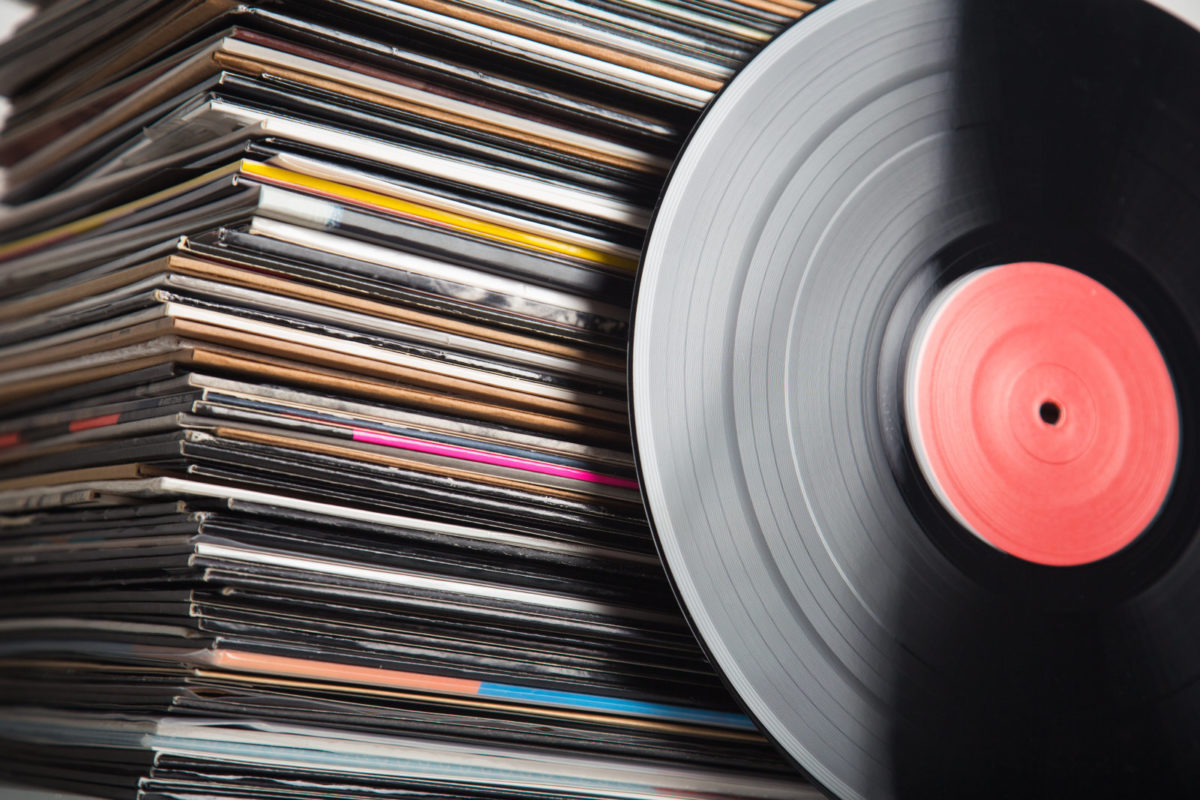
Having a one thousand dollar phone with a powerful processor, tons of RAM memory, big display and a lot of storage memory is surely impressive. But when it comes to music, you can’t physically hold what you own. You buy the MP3 on iTunes and you simply can’t hold it in your hand. This is something that a lot of people miss in their life, both young and old.
Buying a phonograph record that you can take care of and gift it to someone in your future has a lot more meaning than just sending or downloading a file. When you give something that you have kept for so long, you are sending a very positive message. You could say that CDs can also provide you with this privilege, but it is not the same experience since CDs feel cheap, their cases are plastic and easily breakable too.
The smooth surface of the vinyl and the feel of the grooves that have been physically created is what makes a phonograph record so special.
Hunting for records
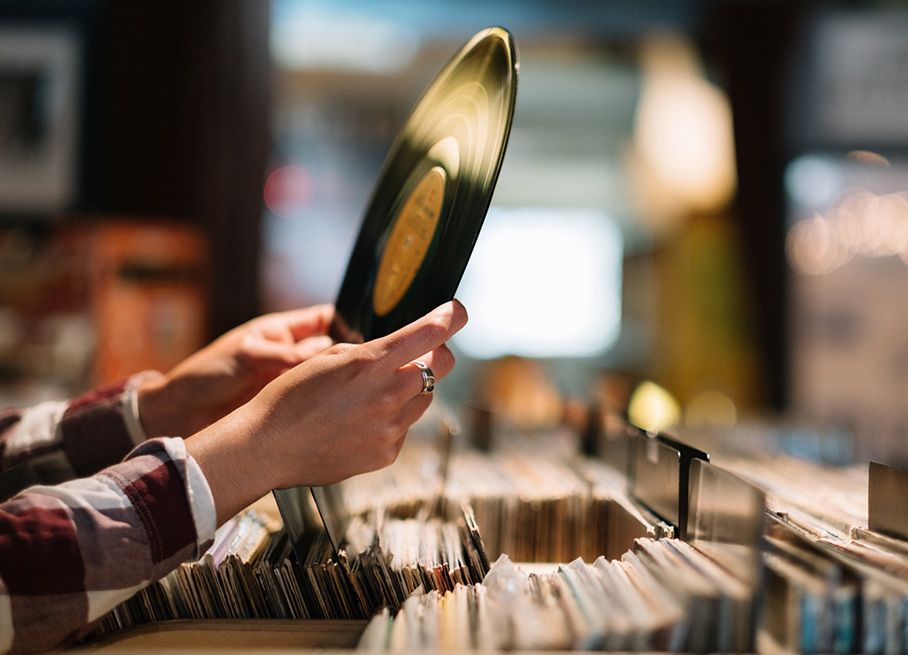
Sure, going on Spotify and using your keyboard to search for the song you are looking for is definitely convenient, but the act of looking for records is also part of the listening experience. You will need to invest time to search online or at your local vinyl shop to find the record you are looking for. Your favorite band or album is not at the reach of your fingertips. The less popular the album, the more you will have to hunt for it. This type of an adventure is what makes listening to analog audio so fun.





